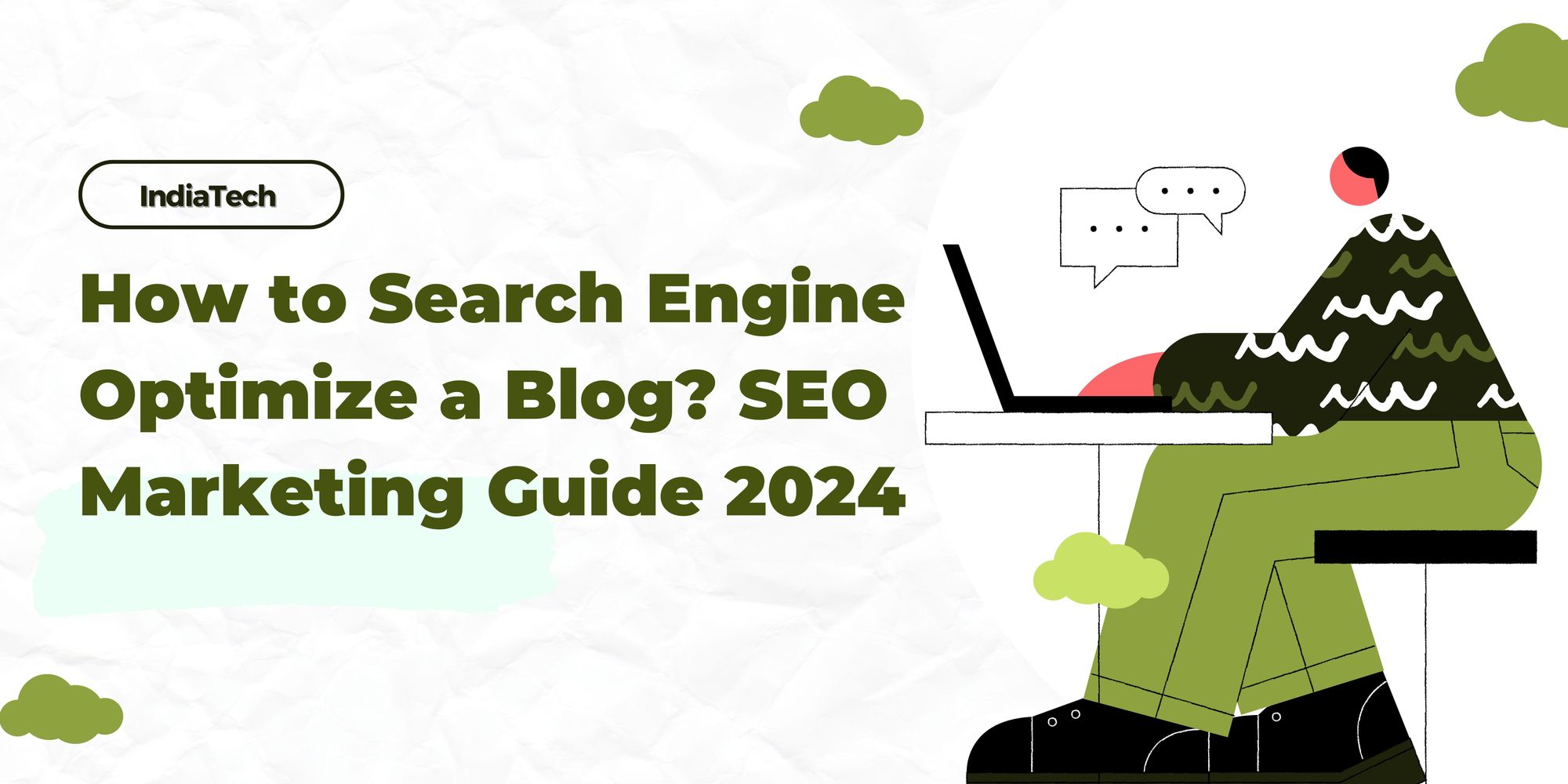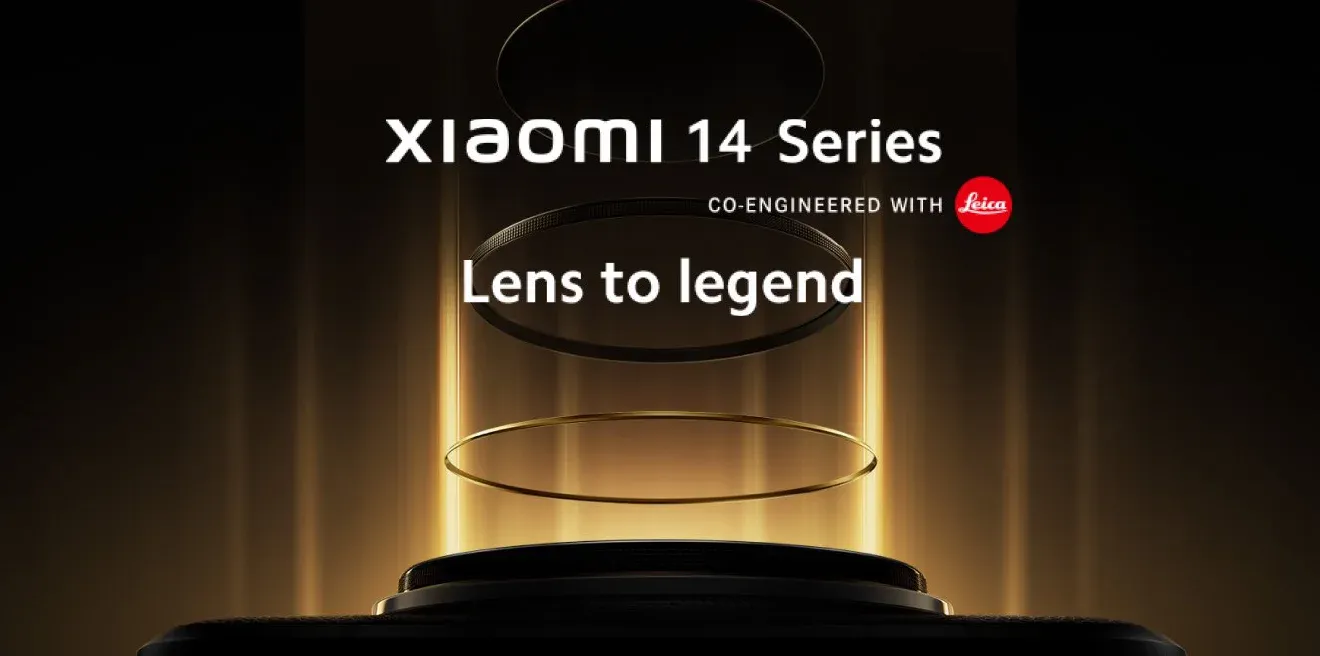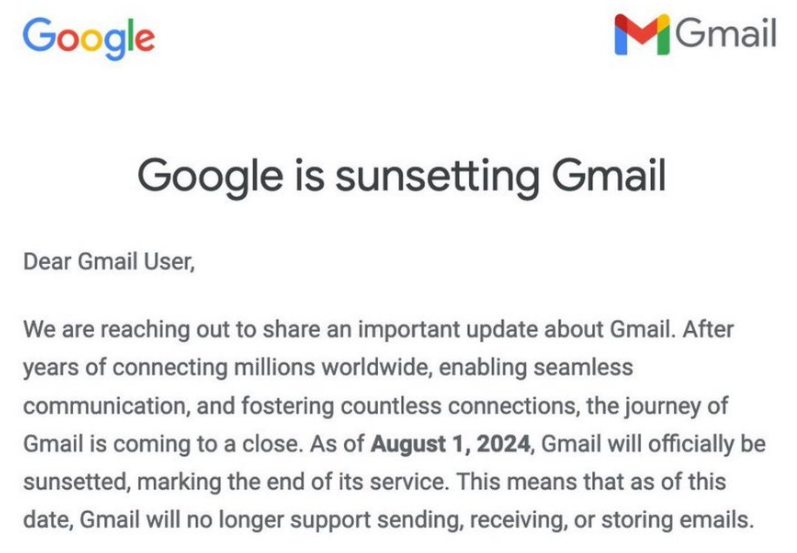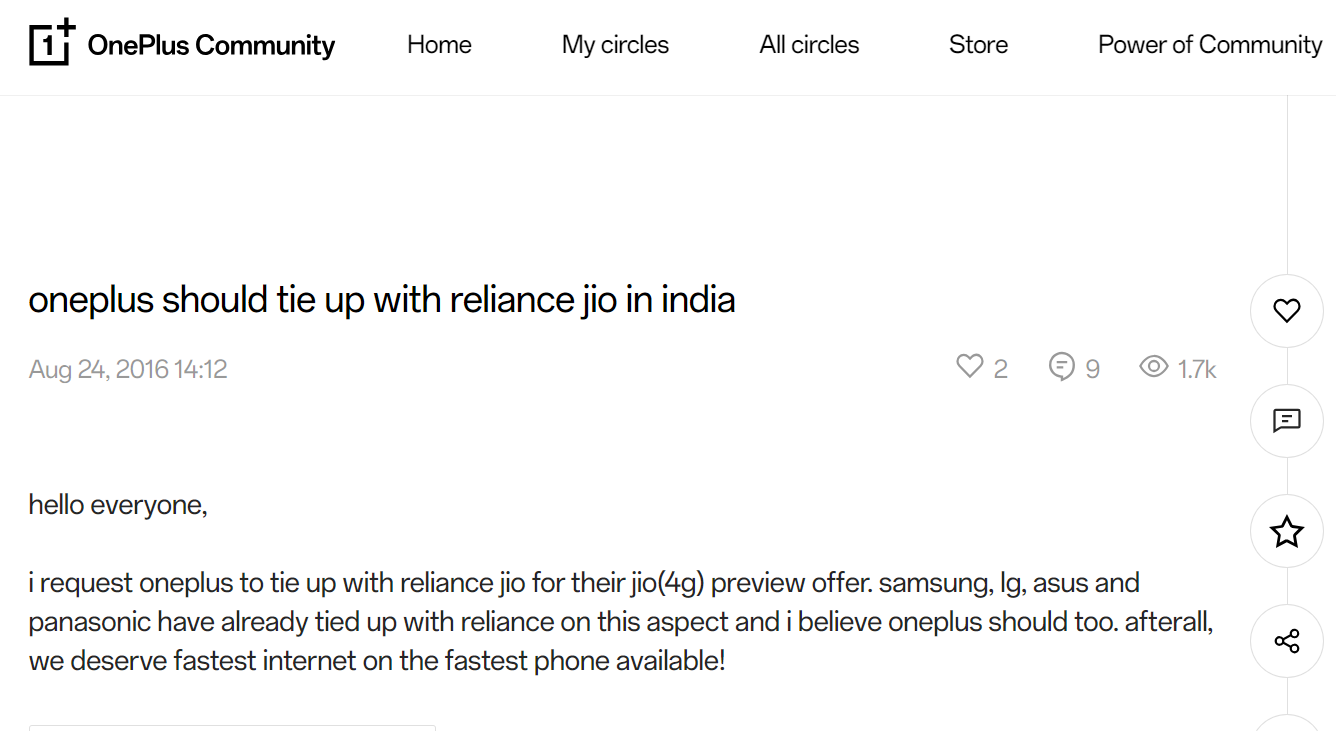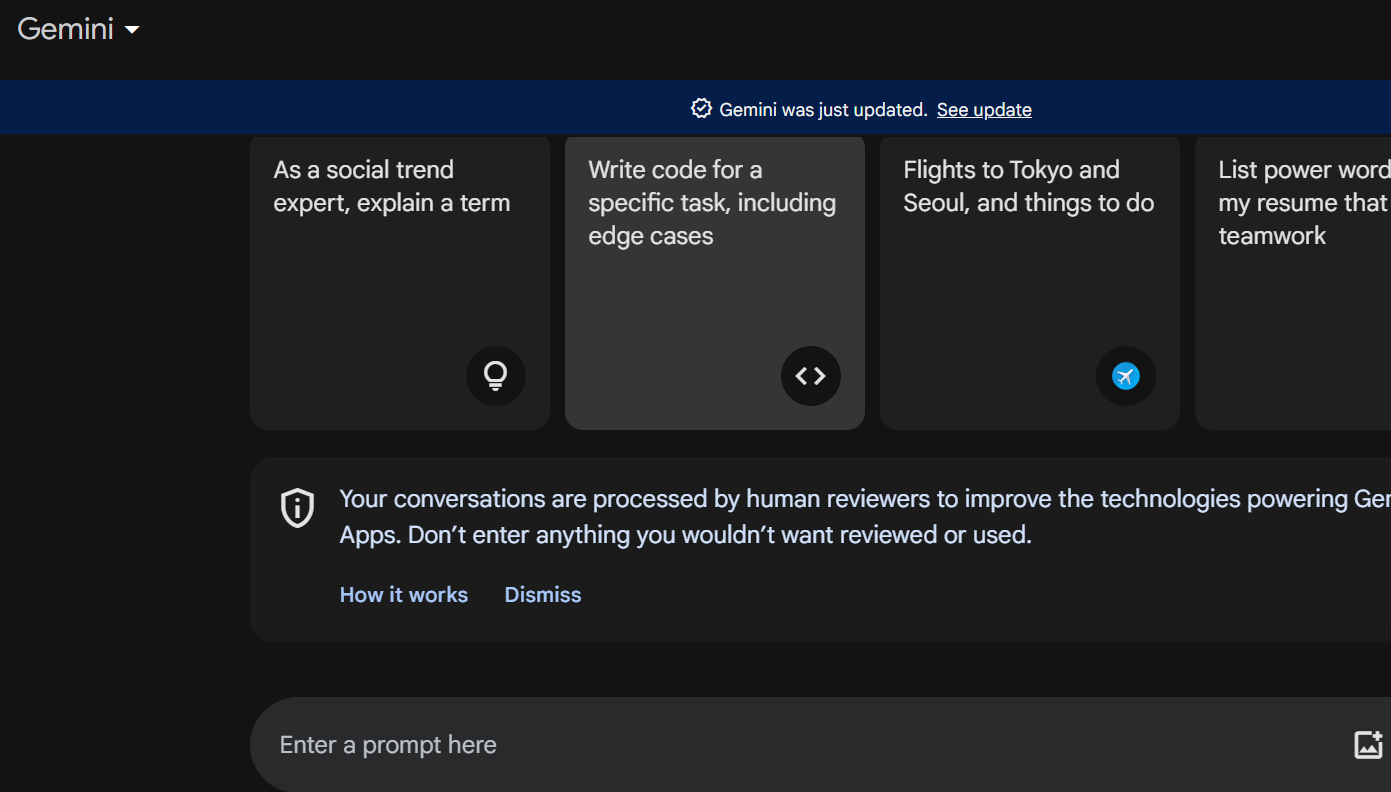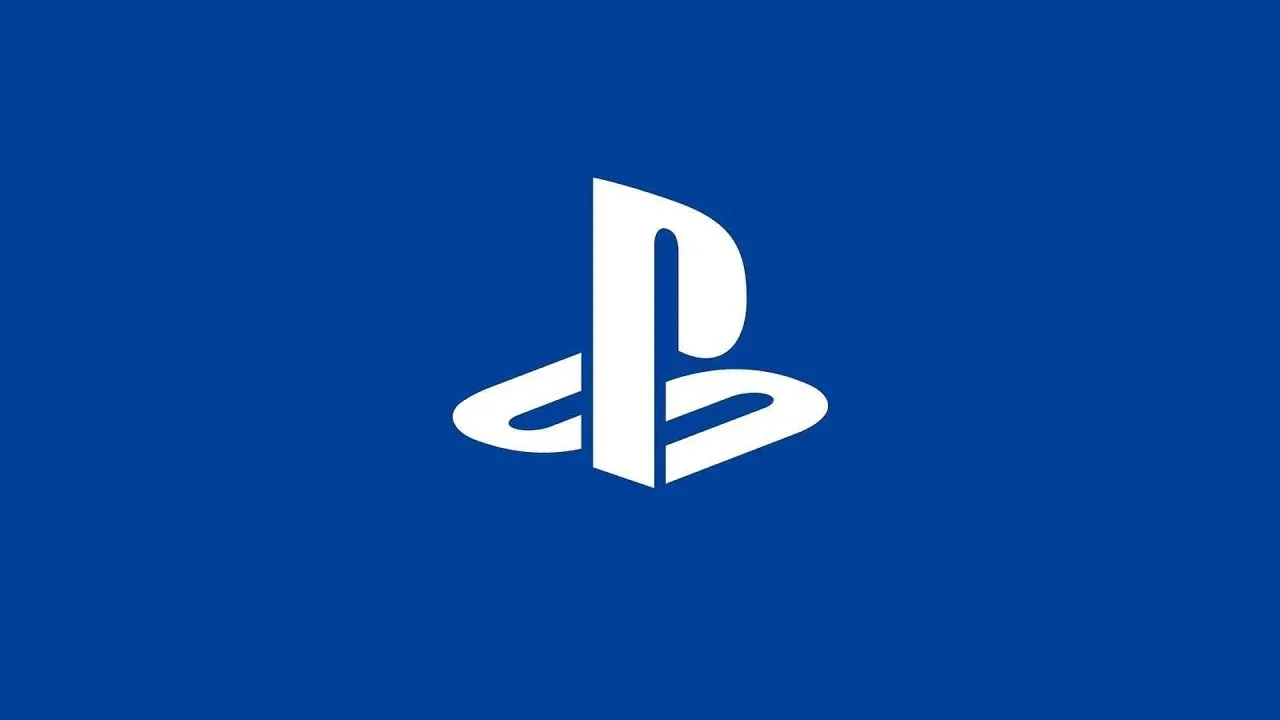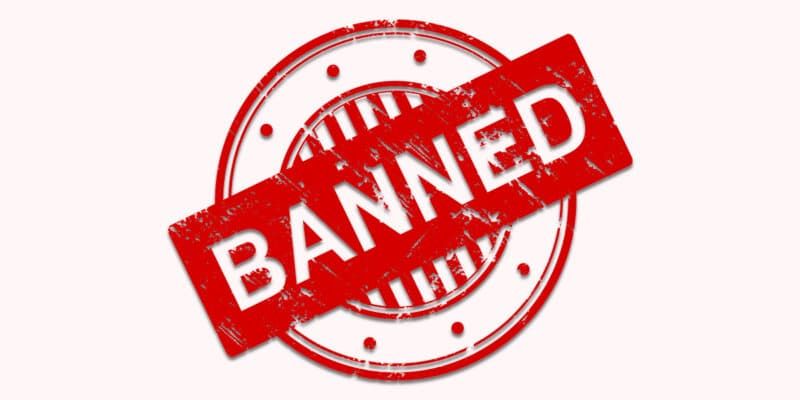Table of contents
What is SEO?
Search Engine Optimisation (SEO) is a strategic algorithm that influences the visibility and discoverability of digital content. In simpler terms, SEO optimisation in web content is employed to improve a website’s ranking on search engine results pages (SERPs).
It ensures that any SEO-optimised web content is showcased when users look for relevant information, products or services. In the background, search engines use sophisticated algorithms to crawl, index, and rank web pages based on a variety of criteria.
These algorithms are intended to give users the most relevant and high-quality results in response to their queries. Crawlers, often known as spiders or bots routinely search the wide expanse of the internet for information and index web pages.
These crawlers go systematically around the internet, accessing websites and gathering information about their content. The acquired data is then saved in a large database, creating an index that allows for quick retrieval when users search.
Search engines consider a variety of elements when determining the ranking of web pages on Search Engine Results Pages (SERPs) including:
- Relevancy: The content's relevancy to the user's search query is crucial. Search engines evaluate how well a page's content matches the terms (keywords) that users are searching for.
- Keywords: Using keywords strategically in content, meta tags, and headers helps search engines grasp a page's topic and context.
- Information Quality: Good-quality, informative, and interesting information is preferred. Search engines strive to give users useful information at the top, and well-crafted content contributes to this goal.
- Backlinks: The quantity and quality of links from other credible websites to a specific page are taken into account. Backlinks are a vote of confidence, demonstrating the page's legitimacy.
- User Experience: Page load speed, mobile friendliness, and overall user experience all have an impact on rankings. Search engines prioritise pages that provide a favourable user experience.
Also, there are three types of SEO strategies optimised by brands to spread the word:
- On-page SEO: On-page SEO is the method of optimising features directly within a website to increase its visibility using:
- Keyword optimisation: Incorporating relevant keywords into content, meta titles, and headers in an organic manner.
- Quality: Create valuable, well-researched, and credible content
- Meta Tags: Creating engaging meta titles and descriptions that appropriately portray the content
On-page SEO guarantees that web pages are structured in a search engine-friendly manner, allowing for optimal indexing.
- Off-page SEO: Off-page SEO focuses on the external elements that can influence a website's reputation and authority using:
- Link building: Acquiring high-quality backlinks from credible websites
- Social Signals: Participating in social media activities that boost a website's visibility and reputation
The more credible websites that link to your material, the more authority search engines give to your pages.
- Technical SEO: Technical SEO focuses on the backend factors that influence a website's performance and indexing using:
- Site Speed: Ensuring quick website load times for the best user experience
- Mobile optimisation: Modifying a website to enable smooth viewing on a variety of devices
- Crawlability: Facilitating easy navigation of web content for search engine crawlers
In summary, technical SEO focuses on optimising your website's technical qualities to make it more accessible and appealing to both search engines and visitors.
Search engines keep refining their algorithms to offer users the most relevant and current results. Algorithm updates, such as Google's Page Experience update or core algorithm updates, can have an impact on how pages rank.
It is critical to stay up to date on these changes to achieve peak SEO performance. Today, SEO is used conjunct with content marketing, creating the term SEO content marketing. The concept is old but new to many, representing distinct yet intricately related concepts.
While SEO focuses on optimising search engines, content marketing is concerned with producing valuable and engaging content for the audience. The synergy stems from the fact that SEO is primarily dependent on high-quality content.
SEO-optimized content includes strategically positioned, relevant keywords that correspond to the language used in consumers' search queries. This alignment increases the likelihood of the material appearing in search results when users search for information relevant to the topic.
Applying SEO in Content Marketing
- Driving Relevant Visitors: SEO functions as a driving force, bringing focused visitors to your website. SEO guarantees that your content reaches its target audience by optimising it with keywords that are relevant to user search intent.
- Improving Visibility and Brand Awareness: SEO highlights your material on search engine results pages, increasing visibility. When combined with captivating and helpful content, this visibility increases brand awareness and authority in your sector.
- Enhancing User Experience: SEO and content marketing work together to provide a seamless and satisfying user experience. From web page structure to site speed optimisation, the technical aspects of SEO contribute to a positive user experience—an important consideration for both search engines and users.
These three elements of SEO content marketing are why brands and agencies today focus more on SEO marketing rather than simply marketing and SEO separately. SEO-friendly content meets search engine criteria along with the expectations of the audience.
But no matter how far SEO advances, its role in content writing will forever stay the same. Blog SEO, a strategy used before, today and even tomorrow will forever remain an effective option for brands and businesses to rank well on search engines.
What is Blog SEO?
Blog SEO is a subset of Search Engine Optimisation intended primarily for the unique qualities of content writing. It refers to a set of writing methods and tactics in blog content that is SEO-optimised to rank higher in search engine results pages (SERPs).
Blog SEO is important in branding for:
- Enhanced Visibility: Blog SEO guarantees that your content appears prominently when consumers search for topics relevant to your niche. Higher visibility leads to more clicks and interaction.
- Audience Targeting: By deliberately including relevant keywords, Blog SEO helps attract the right audience—those who are actively seeking information or insights similar to what your blog provides.
- Building Authority: Consistent optimisation increases credibility in search engine rankings. As your blog gains popularity, it establishes itself as an authoritative authority in your subject.
- Long-Term influence: Well-optimized blog postings have a lasting influence. Unlike fleeting trends, they continue to attract organic traffic over time, resulting in sustained blog growth.
Tips for a Successful Blog SEO
- Write about topics that people search: Base your content on topics that are relevant to your target audience's interests and queries. Keyword research might reveal hot subjects in your niche.
- Get the Search Intent Right: Understand why users search. Tailor your content to meet specific requirements, whether they are informational, navigational, or transactional.
- Create Quality Content: Put quality ahead of quantity. In-depth, well-researched, and valuable material not only engages readers but also benefits search engines.
- On-Page SEO: Systematically optimise each blog post by including relevant keywords, writing engaging meta descriptions, and arranging material for readability.
- Make Your Blogs Easy to Read: Use clear headings, subheadings, and bullet points to increase readability. Break down complex content into manageable chunks for your readers.
- Monitor Technical SEO Issues: Conduct a regular audit of your blog for technical SEO issues such as broken links, sluggish page load times, and mobile friendliness. Addressing these challenges improves the user experience and search engine performance.
- Build Backlinks: Create a network of high-quality backlinks to your site from credible sources. Backlinks represent a vote of confidence in the credibility of your material.
- Update Older Content: Revisit and update older blog entries regularly to ensure they are still relevant and in line with current search trends. Refreshing material indicates to search engines that your blog is actively maintained.
Now let’s turn to the subject of the hour and understand how to search engine optimise a blog to rank well. Before that make sure, you have read through the above content and not directly jump to the conclusion, as understanding the basics is equally important as the core steps.
How to Search Engine Optimise a Blog?
- Conduct thorough keyword research:
Keywords are the foundation of SEO. Choosing the proper keywords ensures that your blog matches the search queries of your target audience.
- Use keyword research tools such as Google Keyword Planner to find suitable keywords in your niche
- Prioritise long-tail keywords that express unique user intent
- Analyse competing blogs to find more keyword chances
- Create High-Quality, Valuable Content:
Content quality is an important consideration in SEO. Engaging, useful, and well-researched content not only meets user expectations but also attracts search engine favour.
- Strive for in-depth information that completely covers the chosen topic
- Conduct careful research to give accurate and current facts
- Use clear headers, subheadings, and bullet points to make your text easier to read
- Strategically place keywords:
Proper keyword placement signals to search engines about the relevancy and focus of your content.
- Incorporate primary and secondary keywords naturally into your content, headers, and meta tags.
- Avoid keyword stuffing, as it can result in penalties from search engines
- Create Engaging Titles and Headings:
Engaging titles and headings not only captivate readers but also help with SEO by providing search engines with clarity.
- Create attention-grabbing headlines that include primary keywords
- Use descriptive headers and subheadings to organise content and direct viewers
- Improve readability and formatting:
A well-formatted blog improves user experience, which is a key SEO component.
- Divide the text into short paragraphs for easier reading
- Use bullet points and numbered lists to organise information
- For the best readability, use suitable spacing and font selections
- Optimise Image and Multimedia:
Visual material is essential to a blog's appeal, and optimising photos helps with SEO.
- Compress photos to minimise file size and increase website load speed.
- Add descriptive alt text to photos to improve accessibility and SEO.
- Include internal and external links:
Linking within your blog and to external reliable sites boosts credibility and adds context to search engines.
- Include internal links to pertinent pages on your blog.
- Include external links to credible sources to back up your material.
- Make sure the content is mobile-friendly:
With an increasingly mobile user base, mobile-friendly content is essential for SEO today.
- Use responsive design to ensure that your blog responds to different screen sizes.
- Use tools like Google's Mobile-Friendly Test to determine whether your blog is mobile-friendly.
- Optimise Page Load Speed:
Slow-loading pages can increase bounce rates, which harms SEO.
- Compress multimedia files and photos
- Reduce HTTP requests by optimising your code and scripts
- Use browser caching to speed up page loading
- Maintain Consistent Content Updates:
Regularly updating your blog tells search engines that your information is current and relevant.
- Schedule regular content audits to update any outdated information
- Create new content to keep your blog fresh and intriguing
- Use Meta Descriptions:
Meta descriptions provide summaries of your content on search engine results pages, which influences click-through rates.
- Create intriguing meta-descriptions that appropriately describe your content
- Use relevant keywords to improve visibility
- Maximise Social Sharing:
Social signals from platforms such as Facebook and Twitter can help your blog's visibility.
- Encourage readers to share your posts on social media
- Share your blog content on your social media pages
- Consider Content-Length:
While quality is essential, search engines frequently prefer longer, more detailed information.
- Aim for a word count that fully covers the topic
- Balance length and readability to keep information engaging
- Monitor and analyse performance:
Tracking your blog's performance provides insights into user behaviour and helps you fine-tune your SEO strategy.
- Use tools like Google Analytics to monitor page views, bounce rates, and user demographics
- Base your plan on performance statistics
- Prioritise the User Experience (UX):
Positive user experiences lead to lower bounce rates and higher rankings.
- Conduct usability testing to guarantee easy navigation
- Optimise for accessibility to reach a varied audience
- Write for Your Target Audience:
Tailoring your material for your intended audience promotes relevancy and resonance.
- Understand your audience's wants and preferences
- Address common problem points and offer solutions
- Use Long-Tail Keywords:
Long-tail keywords target specialised user queries, increasing the likelihood of your site appearing in niche searches.
- Identify long-tail keywords relevant to your niche
- Naturally, incorporate them into your article
- Create evergreen content:
Evergreen content retains relevance over time, which contributes to long-term SEO benefits.
- Add timeless components to your text
- To keep evergreen information relevant, update it regularly
Implementing these steps in your blog SEO will help you rank well by delivering content with the tools it needs to succeed in the competitive search engine landscape. Also, always keep track of SEO trends, modify your approach and analyse your blog to identify and rectify the loopholes.
But what’s the point of learning all this? Can you make a career in SEO?
Is SEO a Good Career?
If you are someone looking for a job in India, then SEO is a good career to start with. Today, SEO professionals are in high demand as brands and businesses have started to recognise the importance of SEO and implementing SEO in Content Marketing.
It has now become a viable career option with the percentage of open SEO jobs in India rising significantly. Companies from various sectors are actively looking for SEO experts to help them improve their digital presence and rank well for relevant keywords.
Also for those thinking of starting a career in SEO content writing, you will be shocked to know the average salary. Experience, competence and industrial sector are all factors that contribute to the typical income for any SEO content writer. The average salary of an SEO Content Writer in India is ₹3 to ₹6 lakhs, with senior and higher-level professionals earning even more.
Search Engine Optimized End Note
Whether you're a content creator, a business owner, or an SEO professional, the ultimate goal is the same: to increase visibility. SEO stands out as the driving force that propels your digital presence to the top of search engine results, ensuring that your offerings, insights or creations reach their targeted audiences.
Each laborious step, from keyword research to creating high-quality content, strategically positioning keywords, and optimising the user experience, contributes to the harmonious reverberation that propels your digital content to new ranks with SEO.
Moreover, the connection between SEO and content marketing is like a perfectly planned duet:
- SEO, like the maestro, controls the motions, ensuring that the material reaches the intended audience.
- Concurrently, content marketing, like the elegant dancer, captivates the audience, keeping them engaged and invested.
They work together to create a story that goes beyond mere visibility to become influential and authoritative. All-in-all, in this ever-changing digital marketing, where algorithms are always shifting and user behaviours are changing, retaining a competitive edge necessitates an agile attitude and a continuous dedication to remain informed along with the ability to adjust strategy.
Implementing SEO expertise in content marketing is another factor in adhering to the commitment to quality. It guarantees that your digital presence is not only relevant but also holds a long-term influence.
